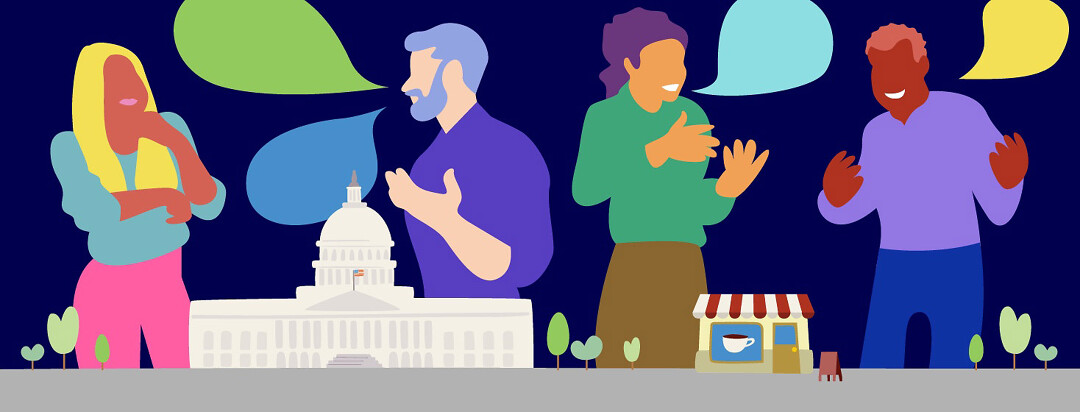Helping Others Understand Myasthenia Gravis
Being a member of a small minority might seem special. But when that minority represents individuals with a rare disease, the challenges are enormous. That’s certainly true with myasthenia gravis (MG), a chameleon-like illness that can mimic so many others.
Few people have MG, and few really understand it. So it falls upon us - those who struggle with myasthenia and those who care about people with MG - to aggressively advocate.
There are many pathways to advocacy. We can act as individuals, in word and action. And we can achieve even greater synergy by acting together. Here are just a few of the ways that we can make significant progress in knowledge, action, and care by working together.
Learn more about MG
First, learn more. With a rare condition as complex and diverse as myasthenia gravis, there can be a tremendous amount of misinformation. Avoid uninformed chatter on social media. Develop a set of reliable resources. Many are used as references on this site.
When you find information that you need to substantiate, “call a friend” with the experience to help you evaluate them. Neurologists, primary care physicians, physical therapists, and pharmacists all have valuable insights too.
Talk about the condition
Then broaden the conversation. Whether you are the person with myasthenia gravis or the advocate, it’s important to raise awareness in every environment. Conversation can occur at the office water cooler, the coffee shop, or in media networks. Don’t be shy. Avoiding an issue almost always makes it worse.
That unconscious “wink” of ptosis or slightly slurred speech can be misunderstood or not understood at all. Yes, uninformed people can sometimes seem rude when they misunderstand. But a caring and informative response can go a long way.
“My significant other has a muscle disease; the expression is a sign that he is really tired tonight". Follow that up with a discussion of how rare diseases challenge not only the person but family, community, and the broader research community. One-on-one advocacy can be the most effective path.
Get involved
Third, network. The organizations that support people with MG, caregivers, and medical specialists are all important. So are the research institutions and the fundraising structures that support them. Even if you cannot provide much financial support yourself, you can help publicize good work.
Retweet the messages of sound organizations, share reliable social media notices, let friends know of opportunities to become involved. Sometimes you can raise funds for a good cause with just a click or a “like.”
Advocacy also involves informed civic participation. Let your elected representatives know that you support aggressive action to address rare diseases. If high-quality health care for all is a priority, let that be known. Ask for notice and information on legislation that impacts rare diseases.
As a community that cares, we have many paths to advocacy. From the coffee shop to Capitol Hill, we can show our support for the position that every disease deserves a cure, and every person with a rare condition deserves our total support. “It takes a village…”

Join the conversation